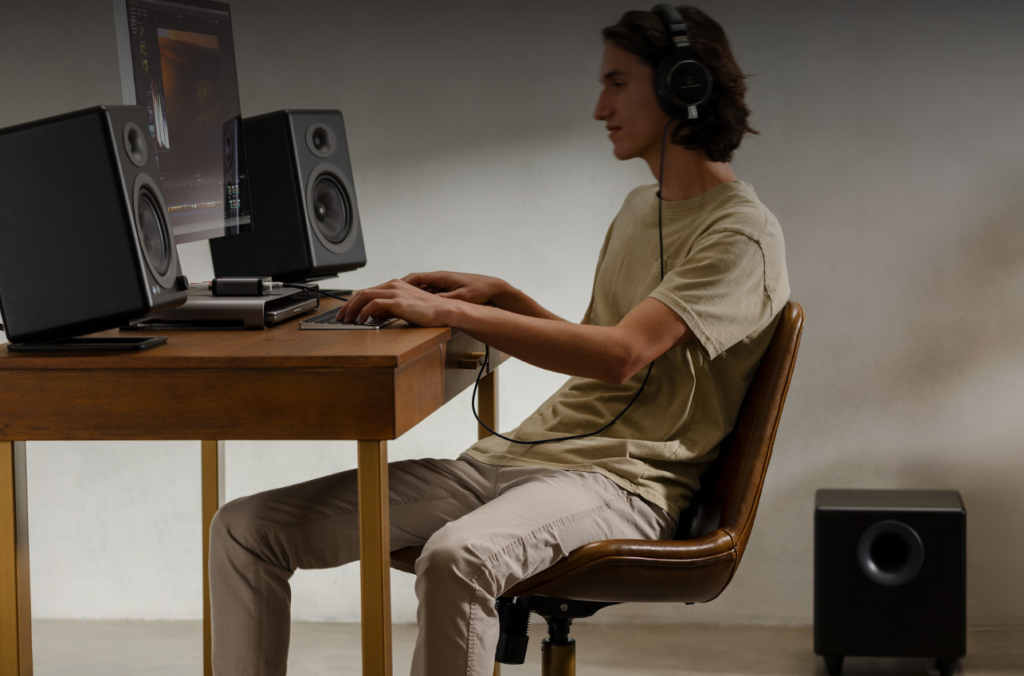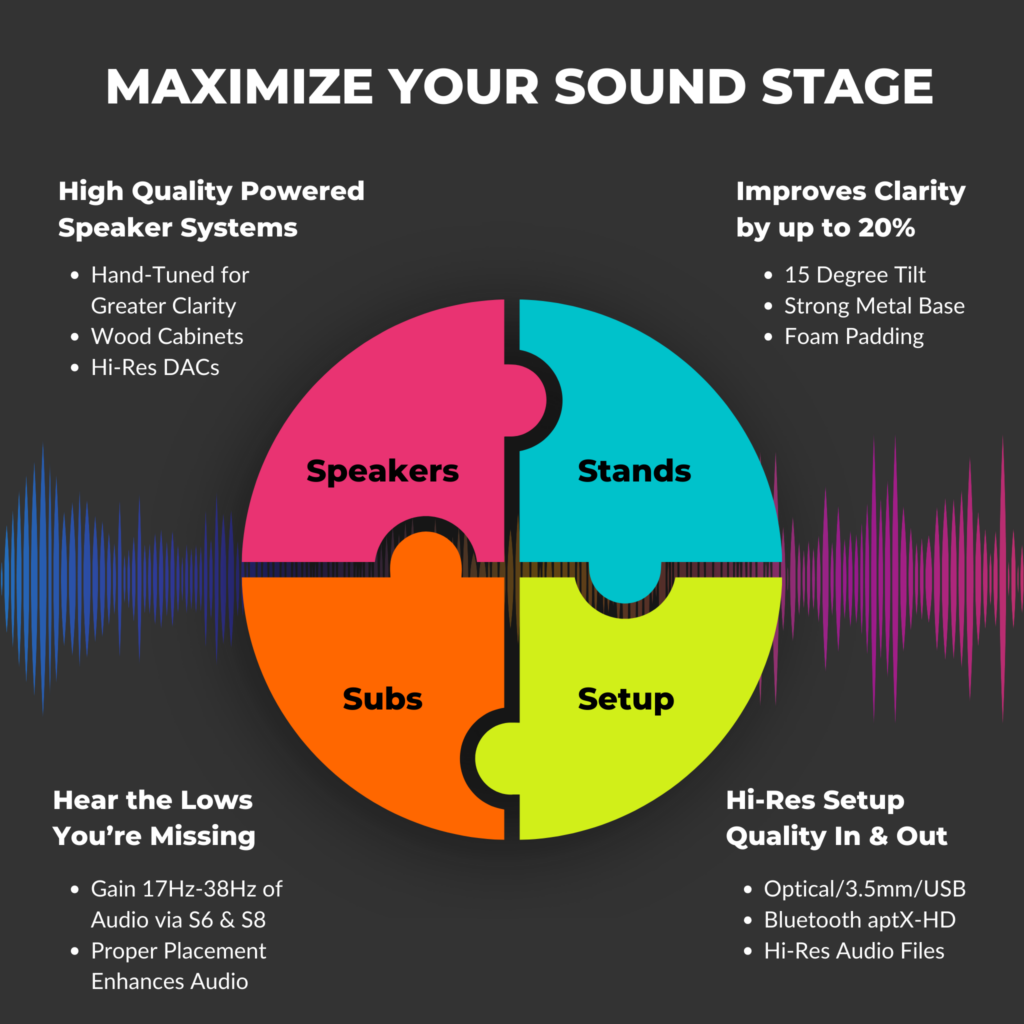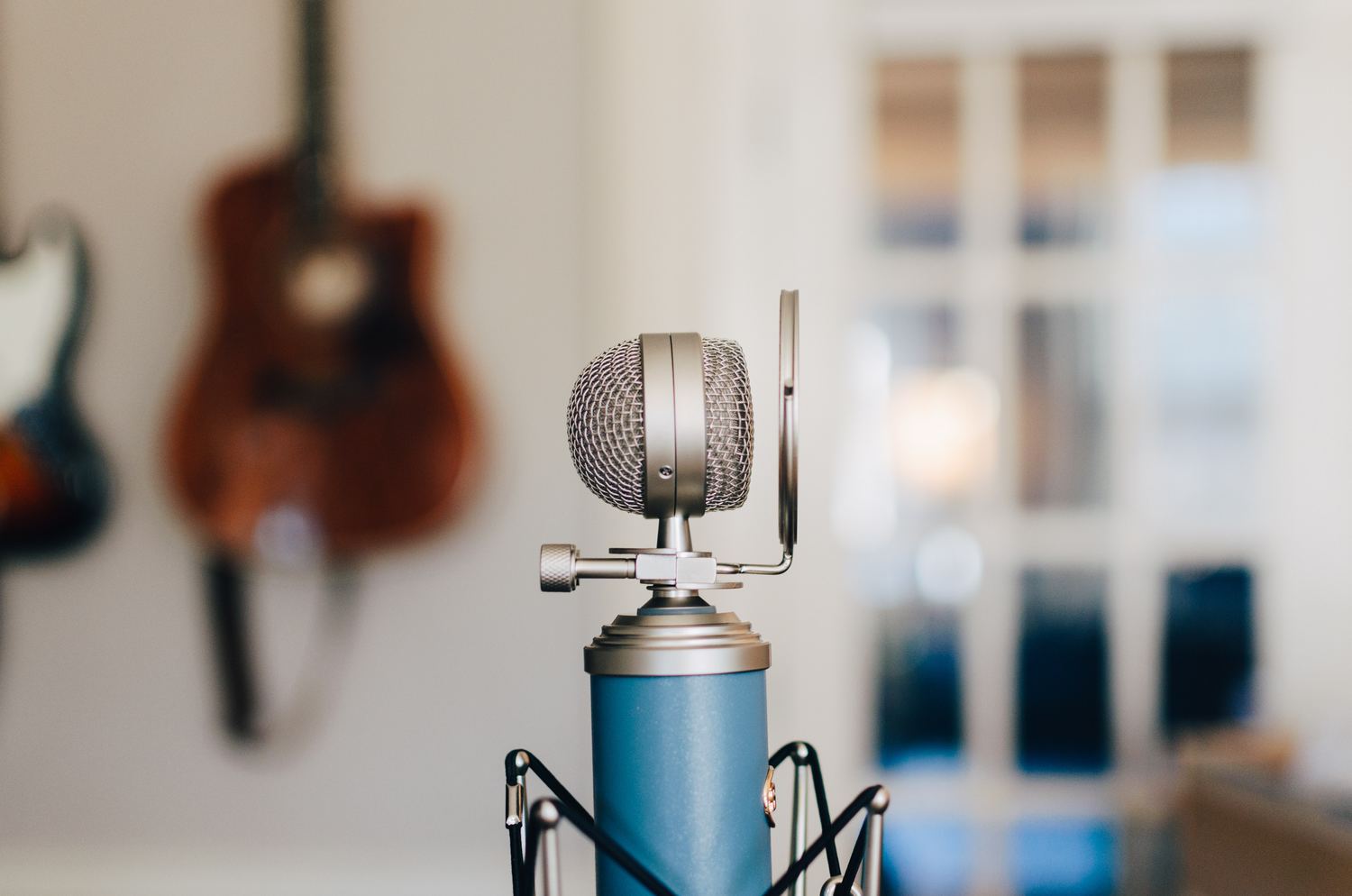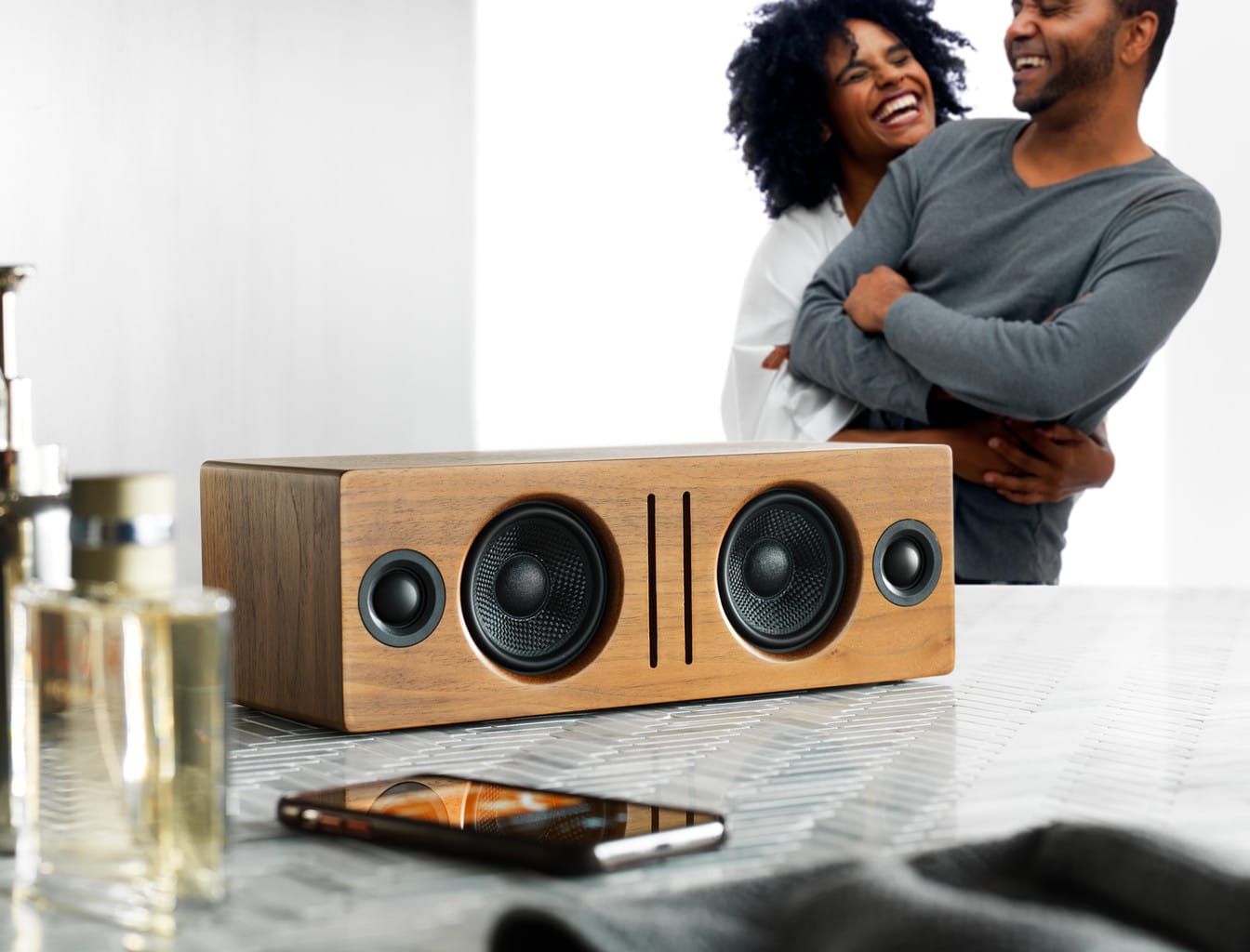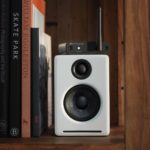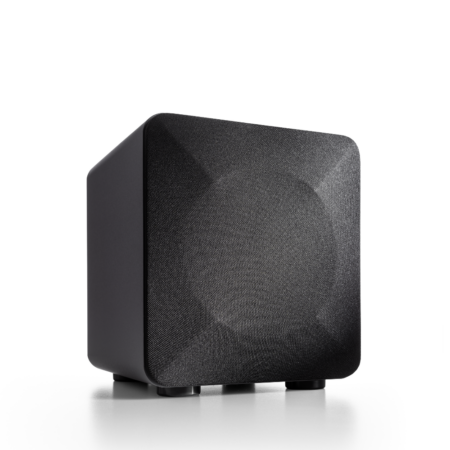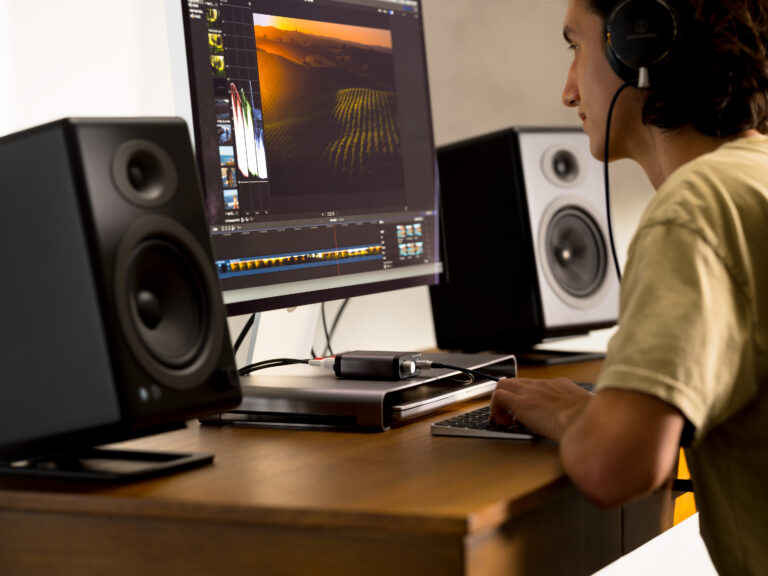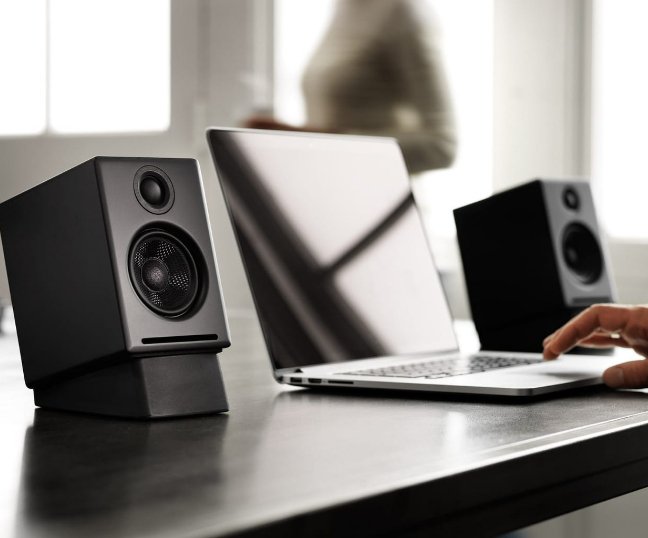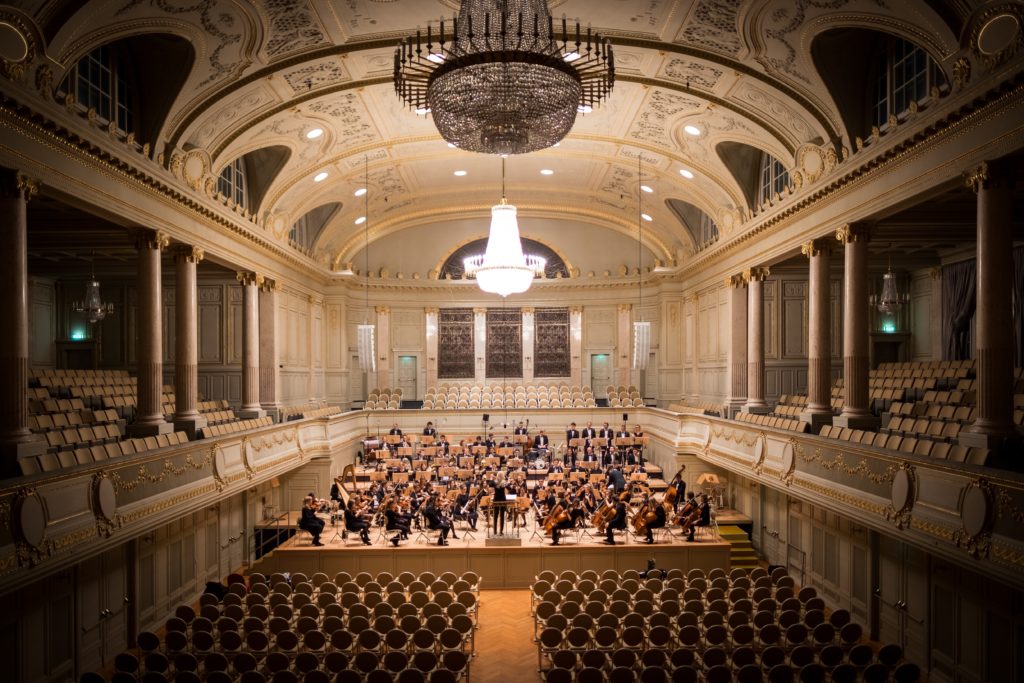
What is Soundstage?
Imagine yourself in a small theater, 10 rows from the front, dead center, watching an orchestra perform on stage.
You can see the strings seated closest to the conductor and fanning outward from center stage to the wings; the woodwinds perfectly centered and stacked in two rows slightly further back than the strings; the percussion section sounding in a crash from the very back of the stage.
Now close your eyes and listen.
Can you still “see” the orchestra? Are the drummers drumming from just as far away? Are the strings still dense with detail? This, in so few words, is the basic idea of soundstage.
So, what is Soundstage? In the world of audiophiles, soundstage (or speaker image) is an imaginary three-dimensional space created by the high-fidelity reproduction of sound in a stereo speaker system; in other words, the soundstage allows the listener to hear the location of instruments when listening to a given piece of music.
How Is Soundstage Created?
There are many factors that play into this, but one that is commonly overlooked is simply, the imagination. Some listeners are perfectly content jamming Taylor Swift over their laptop speakers, which can’t possibly provide the deep musical escape that more imaginative listeners seek.
If you are reading this article in the first place, it is likely that you crave a more immersive musical experience; that you are willing to overlook the reality of a listening experience wherein sound is being moved across a two-dimensional plane through your ears (this is called the “headstage”), and are capable of giving yourself over to the spoils of the soundstage.
To truly unlock the full potential of your home music system, several enhancements can be made to ensure you are making the most of your setup.
How to Complete your Soundstage
Another major element in the creation of a detailed soundstage is the initial capturing and production of sound. Whether an instrument or group of instruments was recorded via close mic’ing techniques, room mic’ing techniques or a particular blend thereof, can determine what sort of auditory artifacts or ambient cues are left in the final product.
Ambient cues are signs that provide an indication as to where an instrument is located. For example, instruments that are louder in a mix tend to be perceived as being physically closer. Likewise, lack of textural detail, and ambient effects such as reverberation and delay can cause an instrument to seem far away. Volume, panning, tone, mic’ing, performance, and effects all play a part in how an instrument’s “location” is perceived by the listener.
Speaker and amplifier design also play heavily into the creation of a quality soundstage; transformers, driver material and size, crossover components, and preamp and power amp components, dramatically affect the speaker’s ability to accurately reproduce sound. The construction of the cabinet is equally crucial. There are many cabinet designs on the market, each touting their own benefits, and an avid audiophile could likely tell the differences between dipolar speakers, bipolar speakers, open baffles, sealed front-firing cabinet designs, and everything else under the sun.
Lastly, and just as critical of an element as any other, is speaker placement. Different speakers are designed and tuned in different ways and are thus optimized by their relationship with one another and their surrounding environment. The rabbit hole that is finding the “sweet spot” for a given pair of speakers is one that is long, dark, and twisty, but once found gives way to an unparalleled listening experience. Dimensions that will affect the experience are as follows:
- Distance between the two speakers
- Distance of the speakers from nearby walls
- Distance between the speakers and the listener
- Height of speakers in relation to the ears of the listener
- Vertical angle of speakers
- Horizontal angle of speakers
All of these dimensions, as mentioned, will have a noticeable impact on the overall listening experience and should be taken into consideration. Luckily, the process of finding the sweet spot can be fun and educational for those seeking a deeper knowledge of how speakers and their environment interact.
But why is Soundstage important?
The simple fact is, soundstage is not important to all listeners. Music and sound do not mean the same thing to everyone, which is why we all have different speakers in our homes, in our cars, and in our pockets.
Soundstage only becomes important when the listener deems that it should.
This is why there are countless forums, blogs, and tech columns dedicated to those seekers of supreme immersive sonic experiences. Once one gives himself over to this philosophy, that music can and should be as visual as it is auditory, soundstage becomes of the utmost importance, as it is the one thing allowing music to exist in a large and detailed three-dimensional space — all from the comfort of one’s couch.
